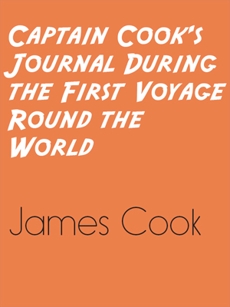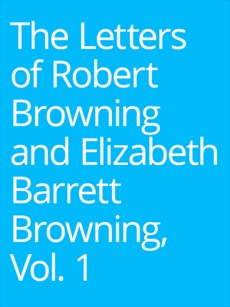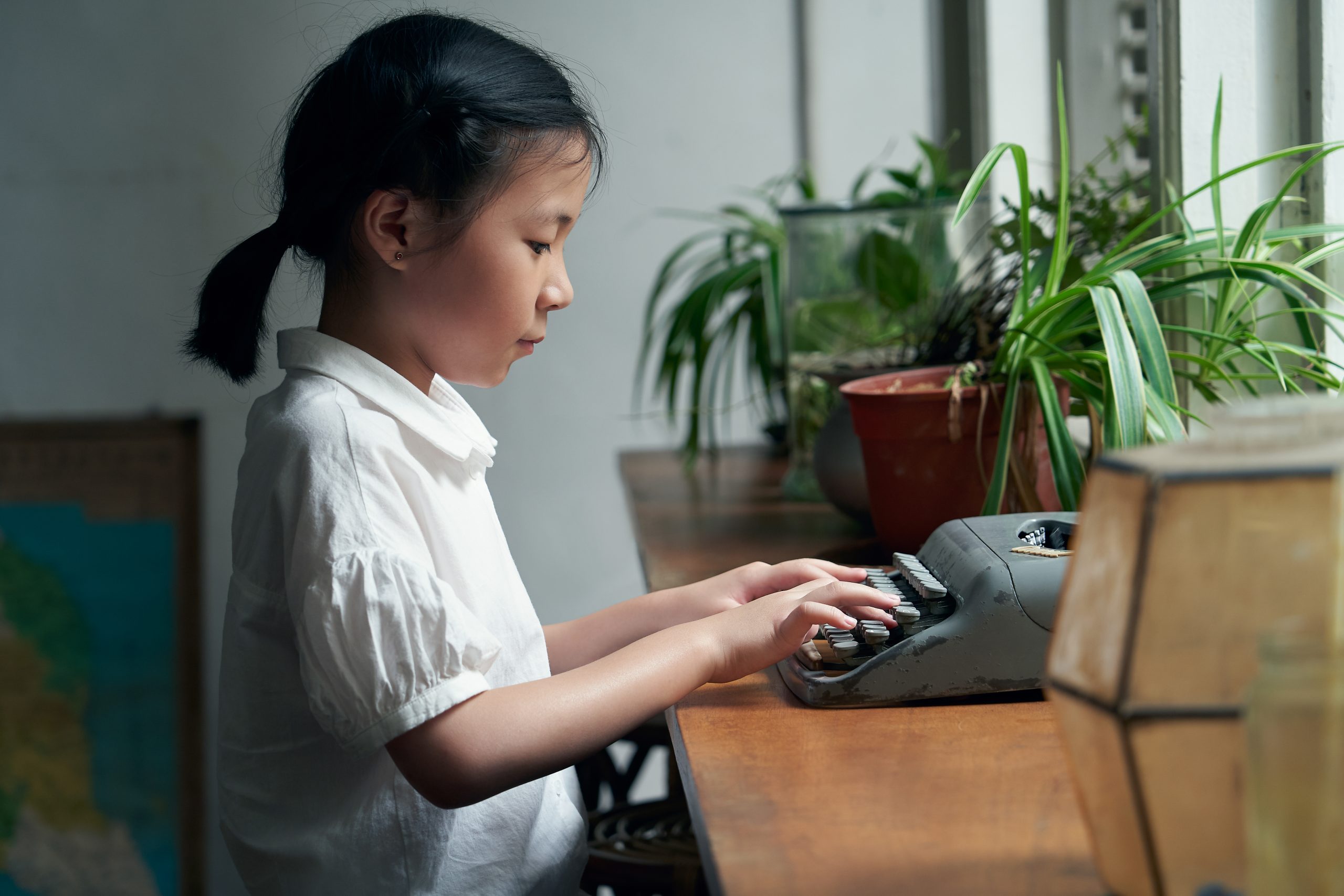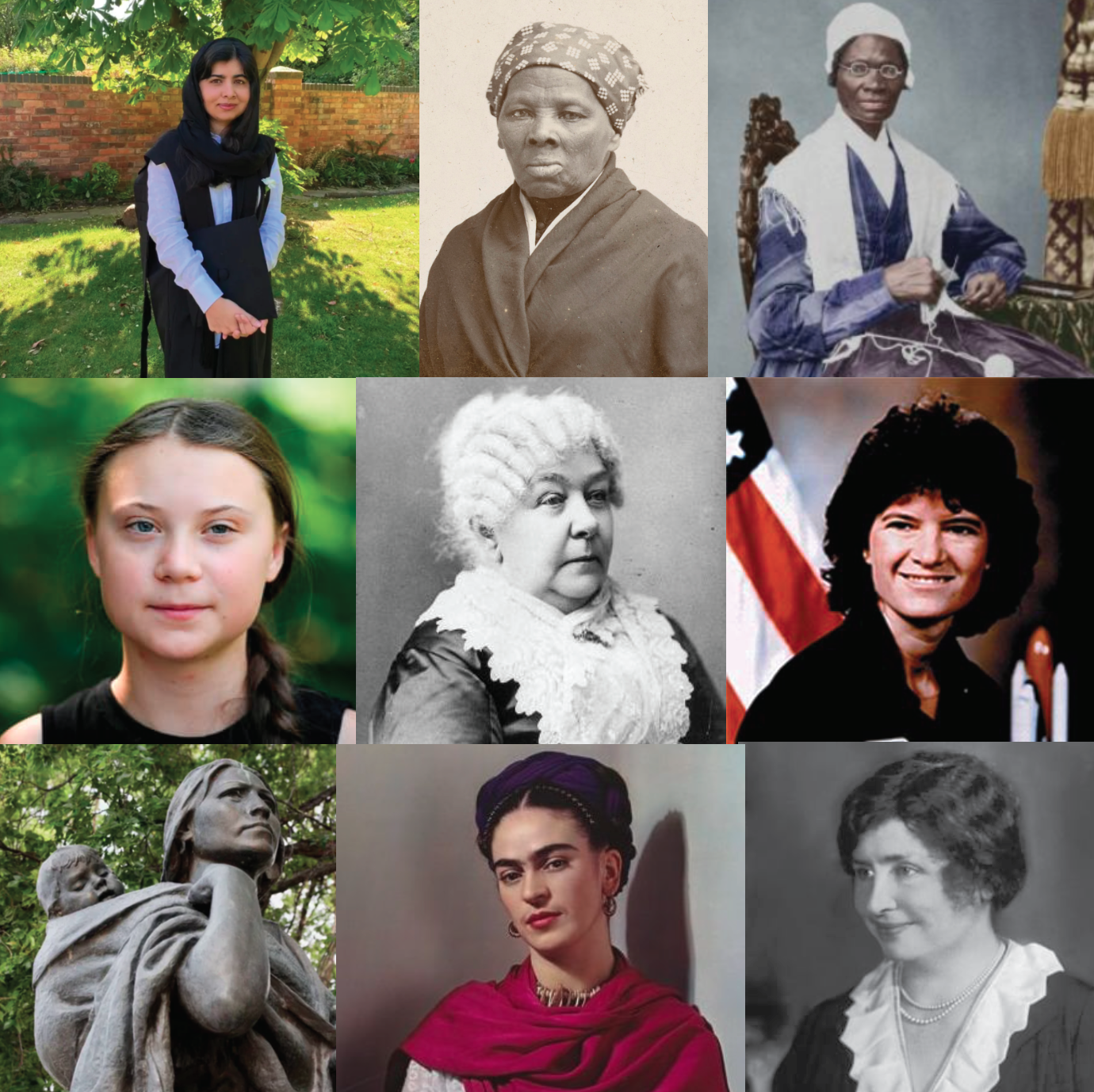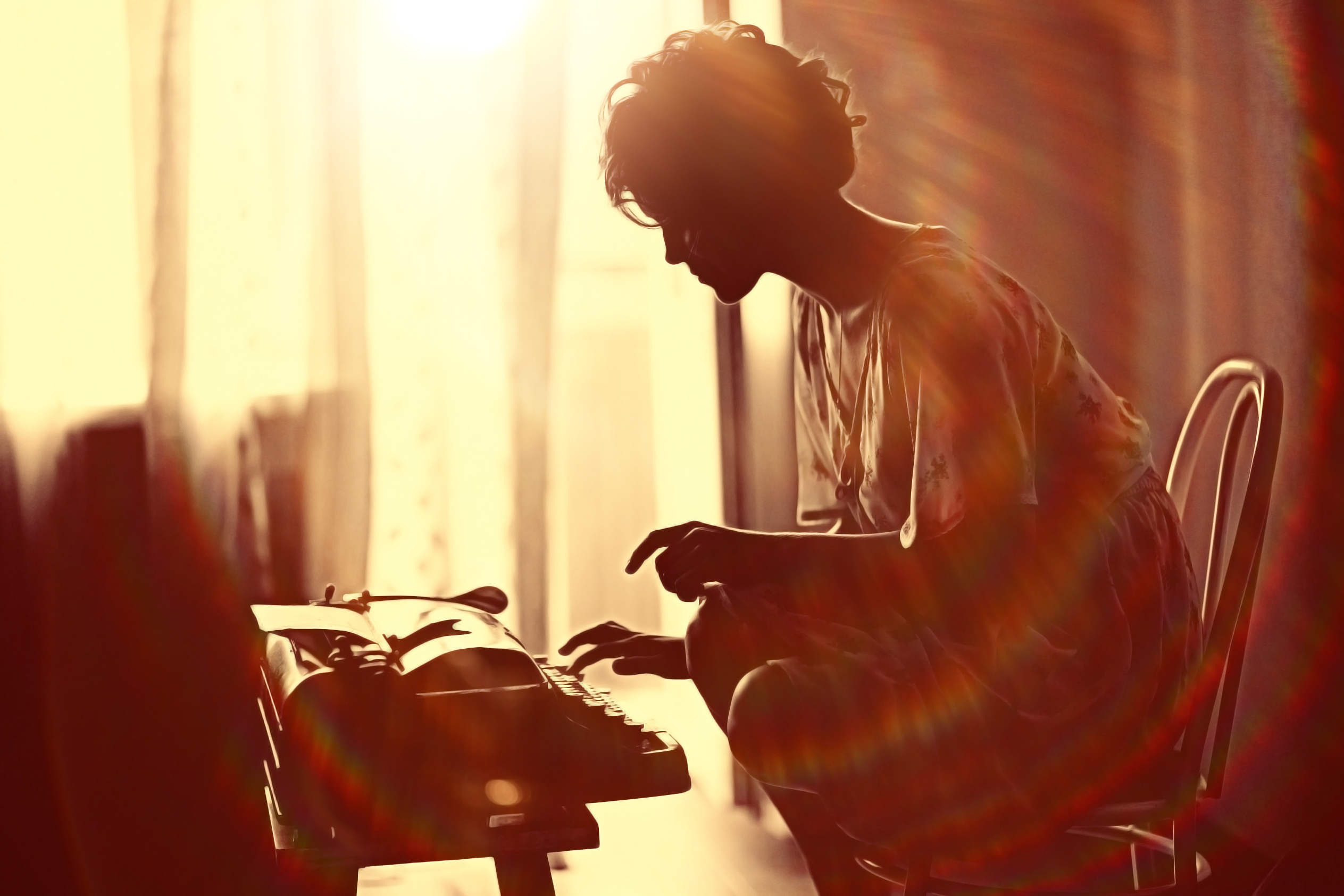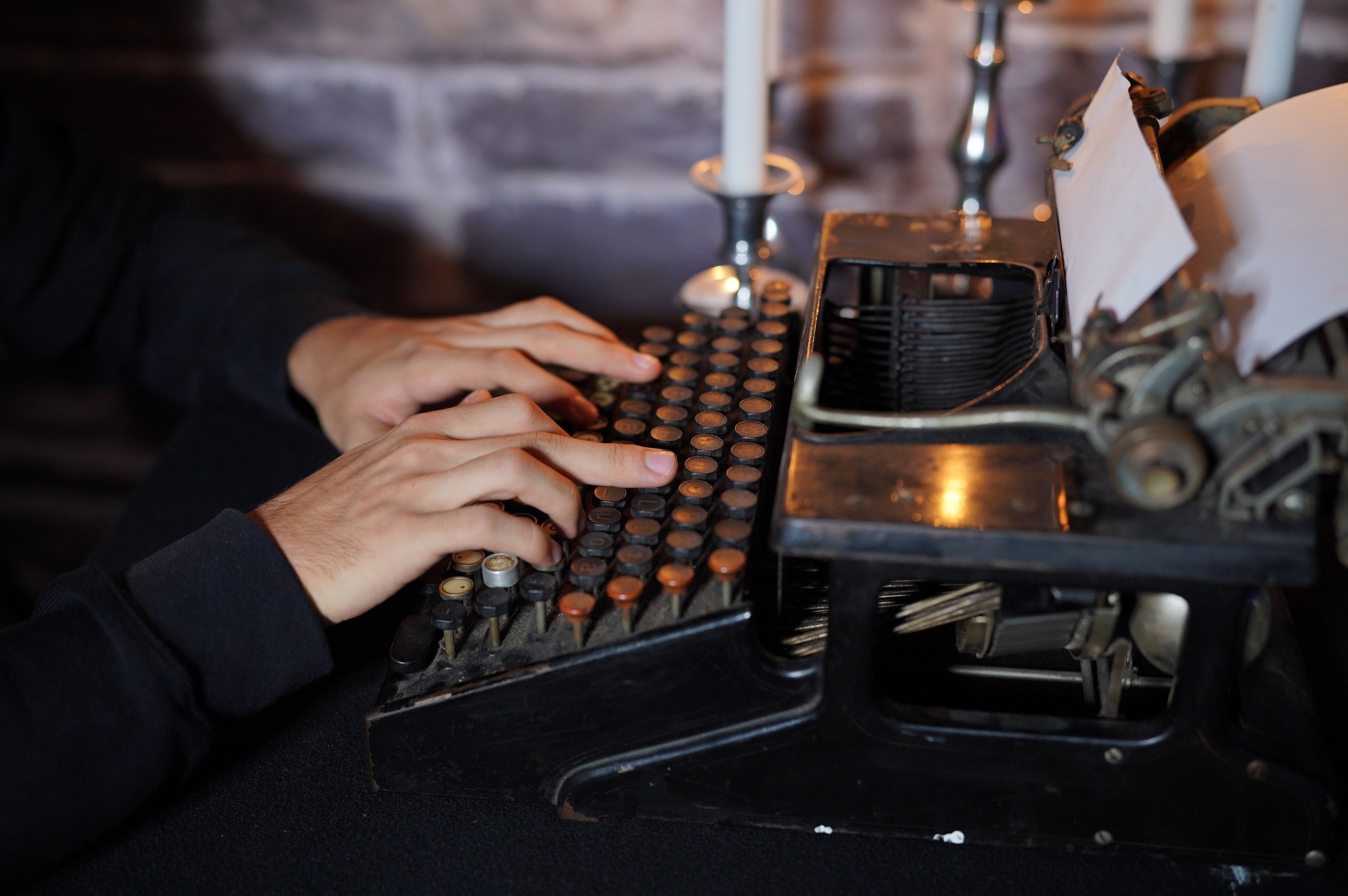
Authors usually write books about other people, whether historical figures or fictional characters. Sometimes, though, authors write information about their own lives. Those works are known as autobiographies. Reading autobiographies can help kids connect with historical events or human experiences. Check out three types of autobiographies for your readers to explore.
1. Classic Autobiographies
Most autobiographies fall into this first category. The author sits down to write a book about his or her life and does it in a typical narrative style. In works like these, writers call attention to the parts of their lives they believe are most important. For a well-known example of this type of book, take a look at The Autobiography of Benjamin Franklin.
2. Journals or Memoirs
Some people record the events of their lives for their own benefit. Journaling helps people recall their activities or process their thoughts. Eventually, those private diaries may get published, often after the author has died. Readers may be interested in perusing the personal journal entries of celebrities, historical figures, or explorers. Captain Cook’s Journal During the First Voyage Round the World will give your kids an eyewitness view to a sea voyage from long ago.
3. Collections of Letters
Just like people’s diaries are sometimes published after their deaths, their letters could someday be published, too. When writing an autobiographical book, authors have had time to reflect on past events and their meaning. Letters, on the other hand, are often written in the moment. As a result, readers can follow along as events unfold and relationships develop. Your kids can experience this for themselves with The Letters of Robert Browning and Elizabeth Barrett Browning.
The LightSail library has a wide variety of autobiographies for your family to explore. With autobiographies, your kids can get to know people of the past and the many adventures that they had.
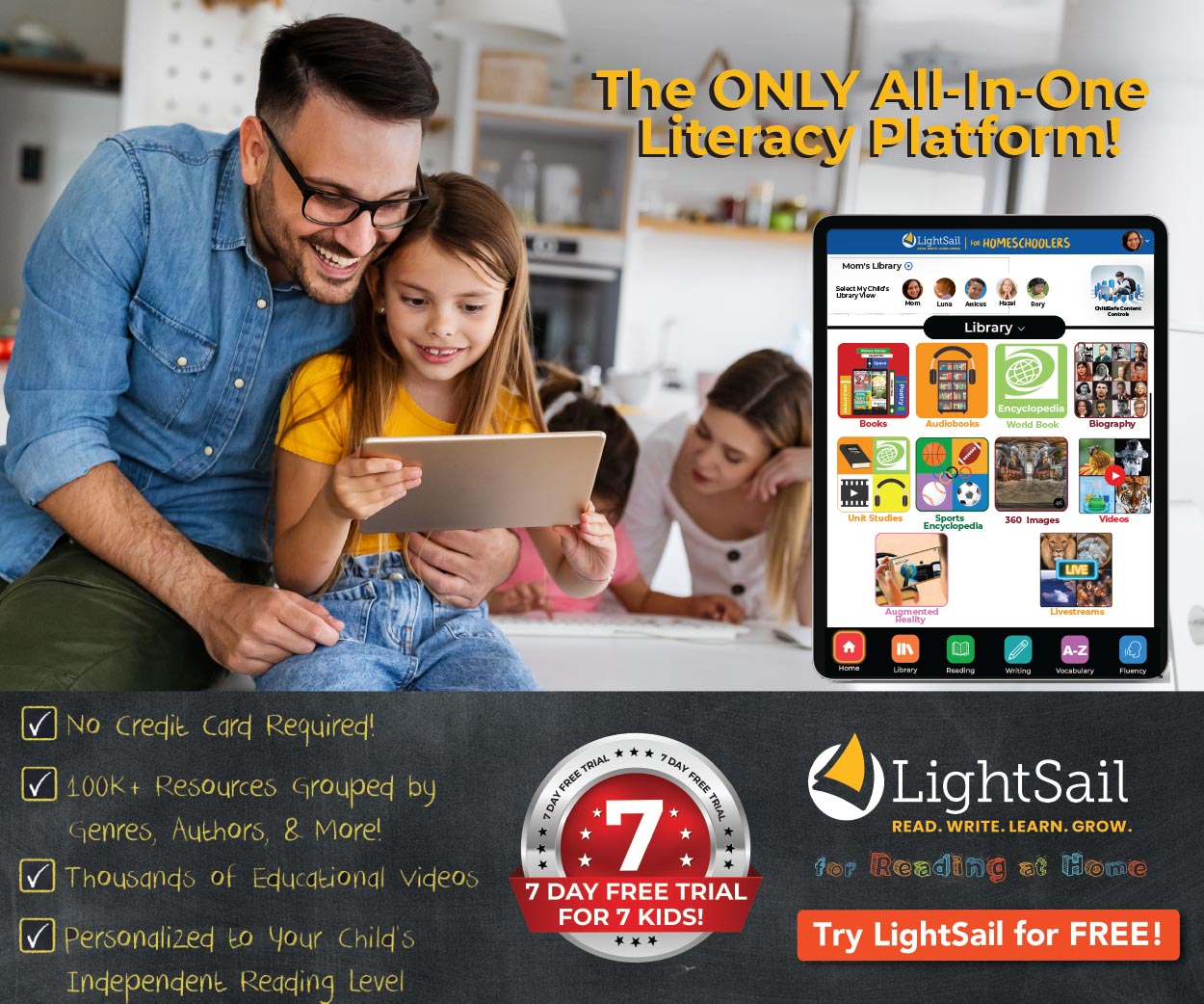
Posted on 9.Sep.21 in Book Recommendations




